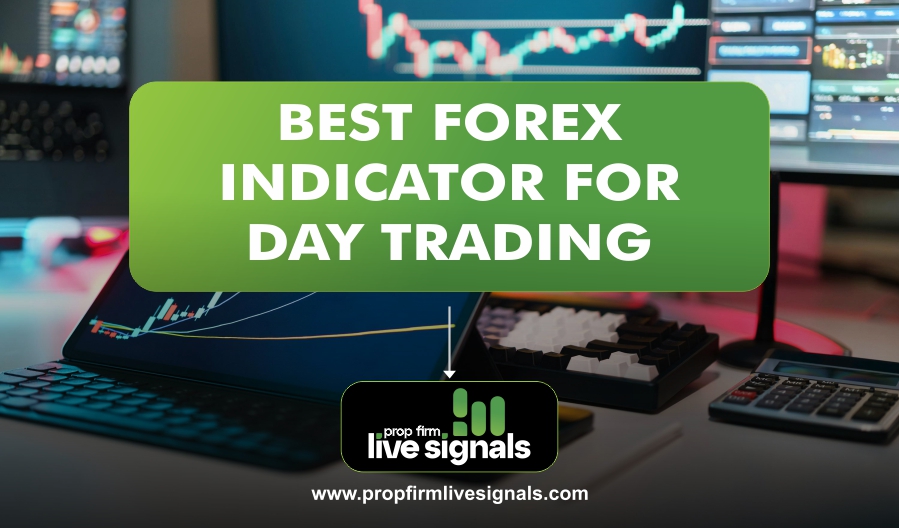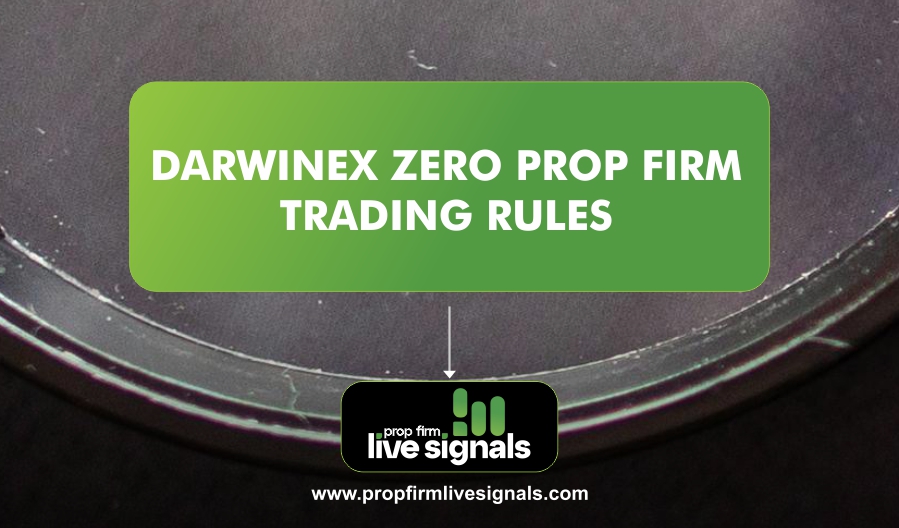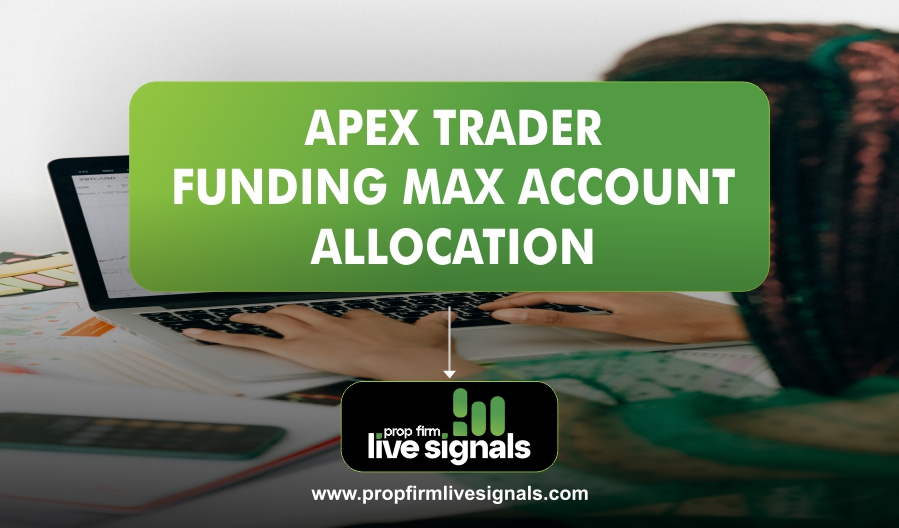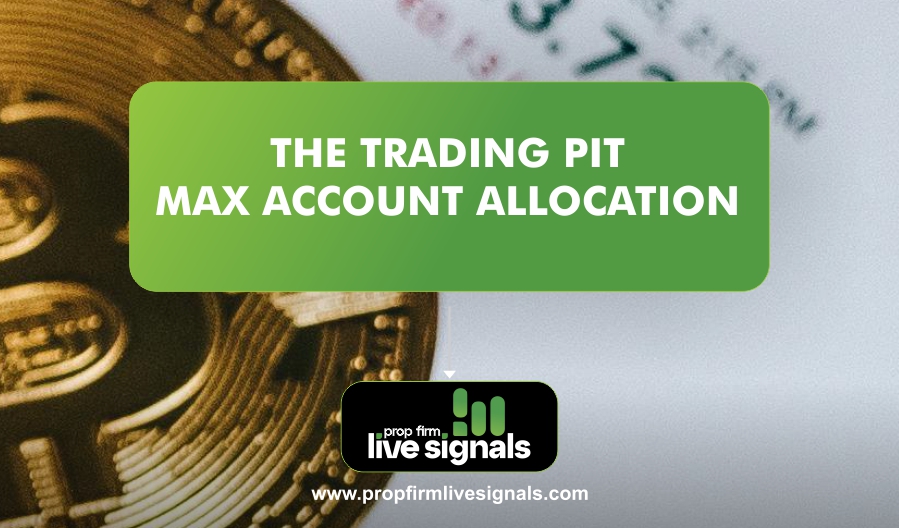With the forex market being one of the most liquid and volatile financial markets, traders must equip themselves with the best forex indicators to stay ahead. These indicators use mathematical calculations based on price movements, volume, and market data to provide valuable insights that help traders make informed decisions.
Selecting the best forex indicator for day trading can be overwhelming due to the sheer number of available options. Some traders prefer trend-following indicators, while others rely on momentum or volatility indicators. Understanding how these indicators function, their advantages, and their limitations is crucial for developing a winning strategy.
What is a Forex Indicator?
A forex indicator is a mathematical calculation based on historical price data, volume, or open interest. It helps traders predict future price movements and identify potential trading opportunities. Forex indicators can be classified into different categories, including trend indicators, momentum indicators, volatility indicators, and volume indicators.
Key Types of Forex Indicators
- Trend Indicators – Show the direction of the market trend.
- Momentum Indicators – Measure the strength of a trend.
- Volatility Indicators – Measure price fluctuations.
- Volume Indicators – Analyze the number of traded assets.
Best Forex Indicators for Day Trading
Here are some of the best forex indicators that day traders use to improve their trading strategy:
1. Moving Average (MA)
Moving Averages are widely used indicators that smooth out price data to identify trends over time.
How It Works:
- A Simple Moving Average (SMA) calculates the average price over a specific period.
- An Exponential Moving Average (EMA) gives more weight to recent prices, making it more responsive.
How to Use:
- When the price is above the moving average, it indicates an uptrend.
- When the price is below the moving average, it indicates a downtrend.
- Traders often use a crossover strategy, where they combine a short-term and a long-term moving average to spot trend reversals.
- Advanced Tip: Combine moving averages with Bollinger Bands for dynamic entry and exit points.
2. Relative Strength Index (RSI)
RSI is a momentum indicator that measures the speed and change of price movements.
How It Works:
- The RSI ranges from 0 to 100.
- Readings above 70 indicate that the market is overbought (potential sell signal).
- Readings below 30 indicate that the market is oversold (potential buy signal).
How to Use:
- Use RSI to confirm overbought or oversold conditions before entering a trade.
- Combine RSI with trend indicators like Moving Averages for better accuracy.
- Advanced Tip: Use RSI divergence to predict trend reversals.
3. Bollinger Bands
Bollinger Bands help traders measure market volatility.
How It Works:
- It consists of three lines: the middle band (SMA), an upper band, and a lower band.
- The bands expand when volatility increases and contract when volatility decreases.
How to Use:
- When the price touches the upper band, the market might be overbought (possible sell opportunity).
- When the price touches the lower band, the market might be oversold (possible buy opportunity).
- Bollinger Bands are effective for detecting breakouts and price reversals.
- Advanced Tip: Use Bollinger Band squeeze to identify potential explosive market movements.
4. MACD (Moving Average Convergence Divergence)
MACD is a trend-following indicator that helps traders identify trend direction and momentum.
The Process:
- Consists of two moving averages (MACD line and Signal line) and a histogram.
- When the MACD line crosses above the Signal line, it indicates a buy signal.
- When the MACD line crosses below the Signal line, it indicates a sell signal.
How to Use:
- Look for crossovers to enter or exit trades.
- Use in combination with RSI or Bollinger Bands for better accuracy.
- Advanced Tip: Look for MACD histogram divergence as an early sign of trend reversal.
5. Fibonacci Retracement
Fibonacci Retracement is used to identify key support and resistance levels.
How It Works:
- Based on the Fibonacci sequence, traders use levels such as 23.6%, 38.2%, 50%, 61.8%, and 100%.
- It helps traders spot potential reversal points in a trend.
How to Use:
- Identify a strong trend and apply Fibonacci levels.
- Look for price pullbacks near Fibonacci levels for potential trade entries.
- Advanced Tip: Combine Fibonacci levels with trendlines for precise entry points.
Guides on Choosing the Best Forex Indicator for Your Strategy
Selecting the best forex indicator for day trading depends on your trading style and goals. Here are a few tips:
- Understand Your Trading Style – Are you a scalper or a swing trader?
- Combine Indicators – Use multiple indicators for confirmation.
- Test Your Strategy – Use demo accounts to test indicators before applying them in live trading.
- Stay Updated – Market conditions change, so adapt your strategy accordingly.
- Risk Management – Use stop-loss and risk-reward ratios to protect your capital.
Conclusion
Finding the best forex indicator for day trading requires understanding how different indicators work and combining them effectively. Moving Averages, RSI, MACD, Bollinger Bands, and Fibonacci Retracement are some of the most powerful tools that traders use.
No single indicator guarantees profits, but when used correctly, they can significantly improve trading accuracy. Always practice with a demo account before using any indicator in live trading, and never forget the importance of risk management.
By understanding the strengths and limitations of each indicator and combining them strategically, traders can maximize their potential profits while minimizing risks.
Frequently Asked Questions (FAQs)
What is the best forex indicator for beginners?
Moving Averages and RSI are great for beginners as they are easy to understand and apply.
Can I use multiple indicators at once?
Yes, many traders combine indicators like MACD and RSI for better confirmation.
Are forex indicators 100% accurate?
No, no indicator guarantees success. Always use risk management strategies.
What is the best forex indicator for scalping?
Scalpers often use Bollinger Bands and RSI for quick trade decisions.
How do I avoid false signals?
Combine different indicators, use stop losses, and trade during high liquidity hours.




